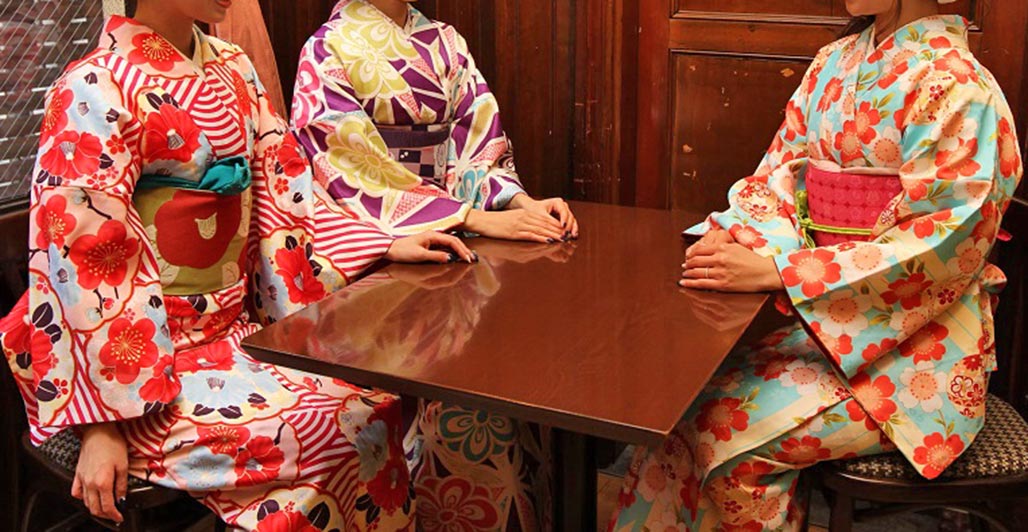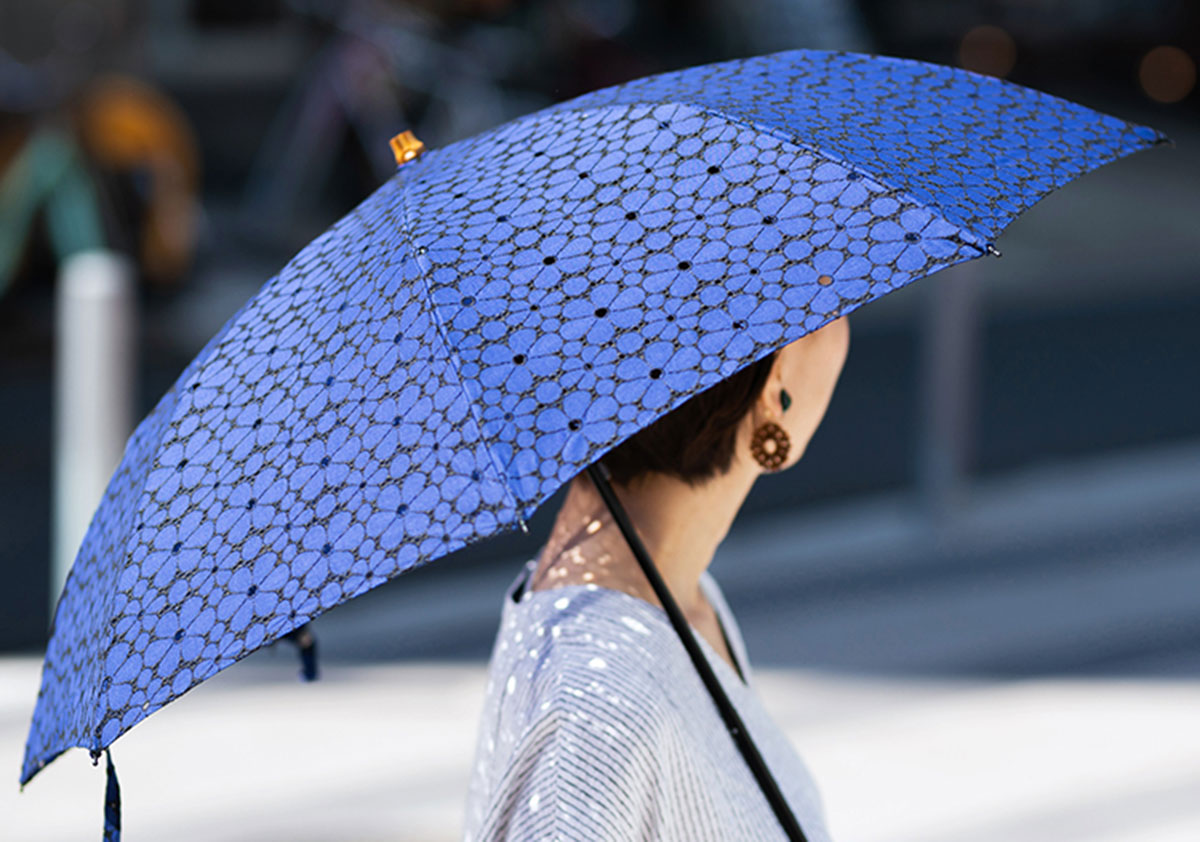Traditional Japanese Motifs: Modern After 1200 Years
Posted by Yoshi Kai on 25th Sep 2020

Traditional Japanese motifs are loved and admired the world over. Most people recognize them as “Japanese” immediately, though many cannot explain why. Ones who do, know that they are a Japanese art form called wagara.
Wagara motifs trace back to Japan’s 8th-century Heian period kimono art and are still evolving. Today, designers use them for decorating fabrics, accessories, cases, covers, bags, smartphone holders, face mask, and even body tattoos and nail art.


Wagara motifs come in many variations, incorporating elements of brush calligraphy with themes resembling nature as well as geometric patterns in traditional Japanese colors.
Edo-komon (Edo small pattern) is one of the most recognizable wagara motifs. It has small, repetitive patterns and comes in different variations with names such as seigaiha (blue sea and waves), ko-zakura (tiny cherry blossoms) and ko-giku (little chrysanthemum).
The repetitive, overlapping wave patterns of seigaiha represent the ebb and flow of life. Cherry blossoms symbolize fragility, beauty, and impermanence. Chrysanthemums signify longevity, endurance, and integrity, and are often used in designs of family crests.


